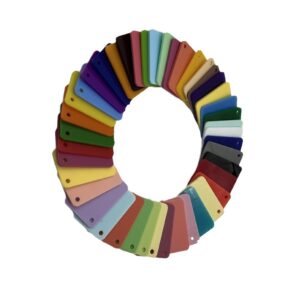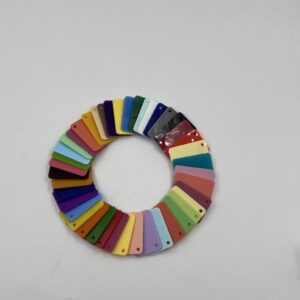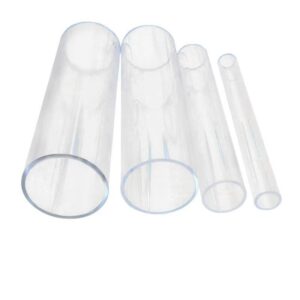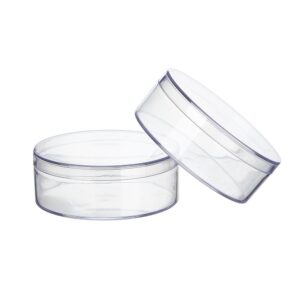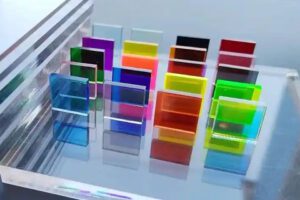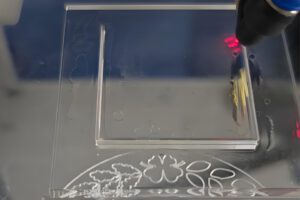Summary
Acrylic edge finishing refers to a range of techniques utilized to enhance the appearance and performance of acrylic surfaces, which are widely used in various industries due to their clarity, durability, and aesthetic appeal. As acrylic products gain popularity in applications such as signage, furniture design, and architectural elements, the methods employed for edge finishing play a crucial role in determining the final look and usability of these materials. The significance of acrylic edge finishing lies in its ability to create visually striking and smooth surfaces while also addressing functional concerns like scratch resistance and light diffusion.
Table of Contents
Among the most common methods of acrylic edge finishing are wet sanding, flame polishing, handheld edge scraping, and router techniques. Wet sanding, often employed for eliminating deep scratches, utilizes water to reduce friction, while flame polishing achieves a clear, glossy finish through controlled application of heat. Hand- held edge scraping offers a simple approach for smoothing edges, whereas routers allow for more intricate profiles, such as beveled or bull-nosed edges. Each method has distinct advantages and potential drawbacks, including safety concerns associated with flame polishing and the need for skillful application to avoid inconsistencies in finish quality.
Controversies surrounding these methods often center on the safety and accessibility of various techniques. Flame polishing, while effective, poses risks due to the open flame involved, potentially deterring hobbyists from its use. Similarly, the choice between DIY methods and professional services raises questions about cost-effectiveness versus the quality of finish achievable, with professional services generally ensuring more consistent results for complex projects. Factors influencing the selection of a finishing method include the complexity of the project, the thickness of the acrylic material, and the operator’s skill level.
Overall, the effective application of acrylic edge finishing techniques not only elevates the aesthetic appeal of products but also plays a vital role in their durability and functionality across multiple industries, making it a notable area of expertise within materials processing.
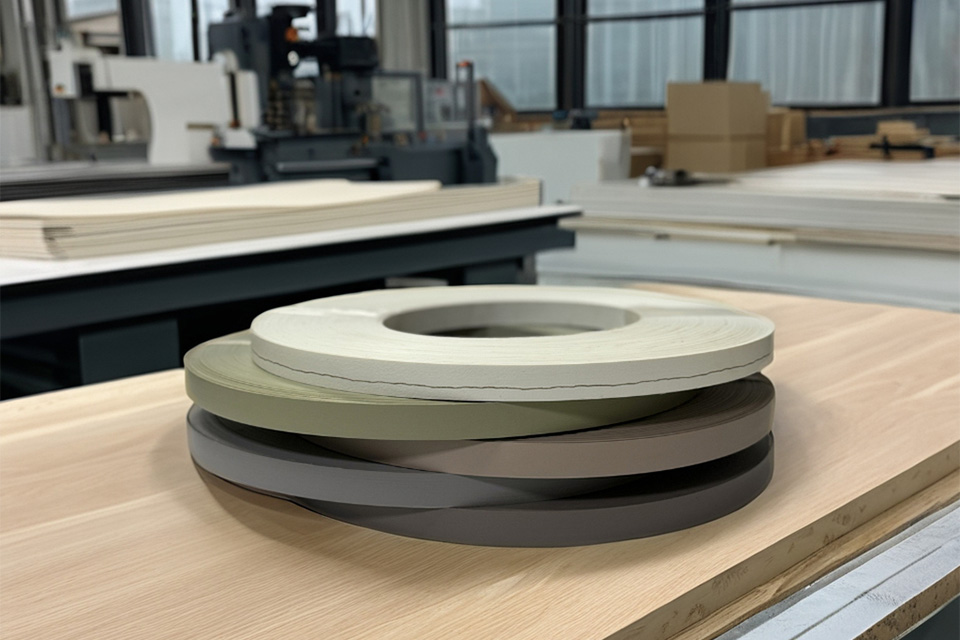
Methods of Acrylic Edge Finishing
Acrylic edge finishing encompasses various techniques designed to enhance the appearance and usability of acrylic surfaces. The choice of method often depends on the desired finish, available tools, and the complexity of the project. Below are some commonly employed methods.
Wet Sanding
Wet sanding is an essential technique that helps eliminate deep scratches and imperfections. Using waterproof sandpaper typically ranging from 180 to 600 grit, the process involves applying water to reduce friction and dust, thereby keeping the surface cool. As the sanding progresses, finer grits are used to refine the edge progressively.
Flame Polishing
Flame polishing is another effective method for achieving a clear, polished edge. Utilizing a MAPP gas torch, the operator holds the flame approximately two inches from the edge and moves it steadily along the surface. This method requires careful control of speed to prevent both incomplete polishing and overheating, which could ignite the acrylic.
###Handheld Edge Scraping One of the simplest techniques involves using a handheld edge scraper specifically designed for plastic. The scraper is positioned at an angle against the edge of the acrylic and dragged along the surface to remove a small amount of material, resulting in a smoother finish.
Router Techniques
For more intricate edge profiles, a router can be utilized to create beveled or bull-nosed edges. This process requires selecting the appropriate router bit, setting the correct height, and feeding the acrylic into the router against the rotation of the bit. Following routing, flame polishing is recommended to achieve a professional, smooth finish.
Buffing and Polishing
Once the acrylic has been sanded, buffing with a power tool equipped with a cotton or synthetic buffing wheel can enhance the finish. This method is suitable for larger areas, yielding a consistent, high-gloss surface. Following buffing, a finer polishing compound can be applied using a clean wheel or cloth to achieve a mirror-like finish.
Commercial Edge Finishing Machines
For those seeking efficiency, commercially available edge finishing machines provide an advanced solution. These machines can produce smooth edges without the need for manual sanding or scraping. The effectiveness of these machines depends on various factors, including cutter diameter, rotation speed, and feed rate, which must be carefully adjusted to prevent chipping or melting.
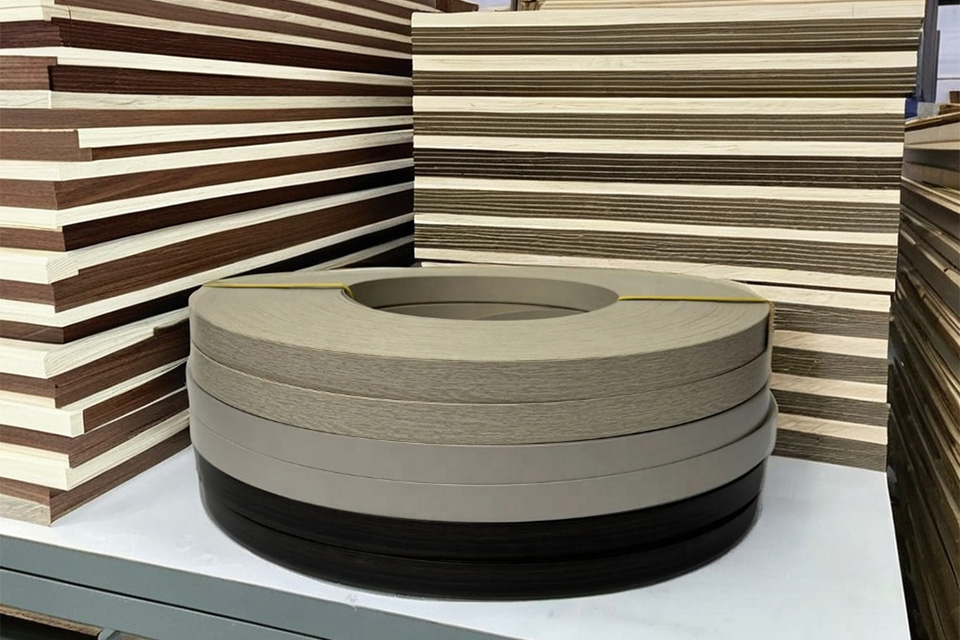
Comparison of Methods
Overview of Edge Finishing Techniques
Edge finishing techniques for acrylic, particularly Perspex, can significantly influence the final appearance and functionality of the material. Various methods are employed, each with distinct advantages and disadvantages that are important to consider based on the project requirements.
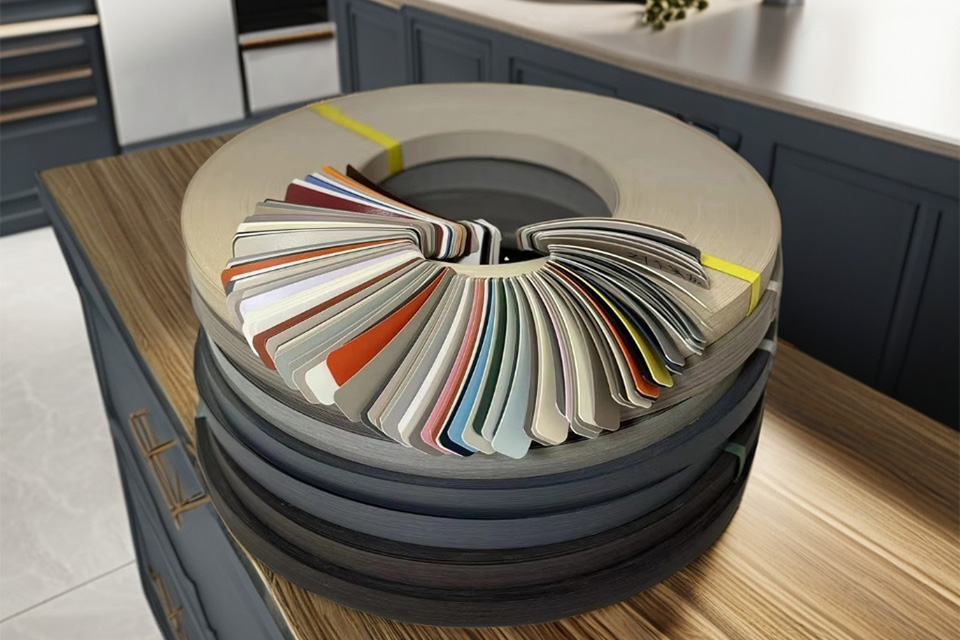
Common Edge Finishing Methods
Flame Polishing
Flame polishing is a popular method known for its ability to produce a high-gloss finish. However, it comes with certain drawbacks, including safety concerns due to the use of an open flame, which may deter some hobbyists from using this technique. Additionally, the results can vary based on the operator’s skill level, and inconsistent outcomes may arise without sufficient experience.
Diamond Edge Finishing
Diamond edge finishing offers a precise and smooth edge, making it suitable for high-end applications. This method is characterized by high precision and repeatability, particularly effective for thick sheets of acrylic. Nevertheless, it requires a certain level of programming expertise, which may limit its accessibility for novice users. The edges produced may still require additional finishing to remove any rough spots.
DIY vs. Professional Services
Choosing between DIY methods and professional services for edge finishing is another critical consideration. While DIY approaches can be cost-effective for simpler projects, they may not achieve the flawless finish desired for complex or high-volume tasks. In contrast, professional finishing services guarantee a high-quality, consistent result, especially for intricate designs and larger pieces that necessitate specialized equipment.
Factors Influencing Method Selection
When deciding on an edge finishing method, several factors come into play: Project Complexity: For projects that involve complex shapes or require a flawless finish, professional services are often the best choice. Material Thickness: The thickness of the acrylic can dictate the method used, with certain techniques being more effective for thicker materials. Skill Level: The operator’s experience and skill significantly impact the outcomes of DIY techniques, making professional assistance a valuable option for those less experienced.
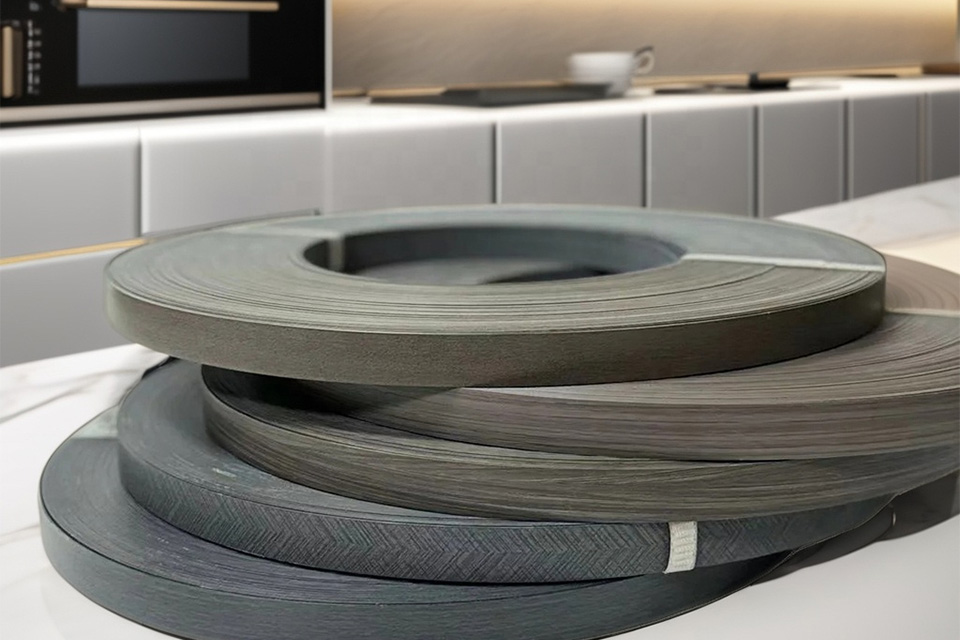
Applications of Acrylic Edge Finishing
Acrylic edge finishing techniques are utilized across various industries, enhancing the aesthetics and functionality of acrylic products. The following are some key applications where these finishing methods play a vital role.
Signage and Display
Polished acrylic is a popular choice in the signage industry due to its clarity and durability. Edge finishing techniques enhance the appearance of signs, making them more eye-catching and professional. Retail signage, corporate logos, and exhibition stands benefit significantly from polished edges, as they provide a sleek and polished look that captures consumer attention in both indoor and outdoor environments.
Furniture Design
In the realm of furniture, acrylic edge finishing contributes to the modern aesthetic that high-gloss surfaces provide. Polished acrylic is commonly used in items such as tables and chairs, where the reflective quality not only elevates the design but also increases the durability of the pieces. The finishing process protects these surfaces from daily wear and tear, ensuring they maintain their glossy appearance over time.
Display Cases
The retail and museum sectors leverage polished acrylic for display cases, where transparency and aesthetics are paramount. Finished acrylic edges enhance the visibility of items on display, while also preventing scratching and preserving the integrity of the cases. This application is particularly valuable in environments where product or artifact visibility is crucial.
Architectural and Interior Design
Acrylic edge finishing techniques are extensively used in architectural applications, including wall partitions, balustrades, and decorative panels. The clarity and smooth- ness achieved through finishing contribute to the overall elegance of interior spaces. The versatility of acrylic allows it to complement various design styles while providing structural benefits.
Lighting Fixtures
In the lighting industry, edge finishing improves both the functionality and aesthetics of acrylic components used in fixtures. Polished edges on lamp bases, shades, and diffusers ensure that light is diffused effectively, creating a visually appealing ambiance in both residential and commercial settings. The clarity achieved through these techniques also enhances the decorative elements of lighting designs.
Automotive and Transportation
Acrylic edge finishing is applicable in the automotive sector, particularly for decorative panels and features where a combination of aesthetics and functionality is desired. The ability to bond acrylic with other materials allows for innovative designs that can incorporate finished edges for a polished look while achieving specific functional properties.





